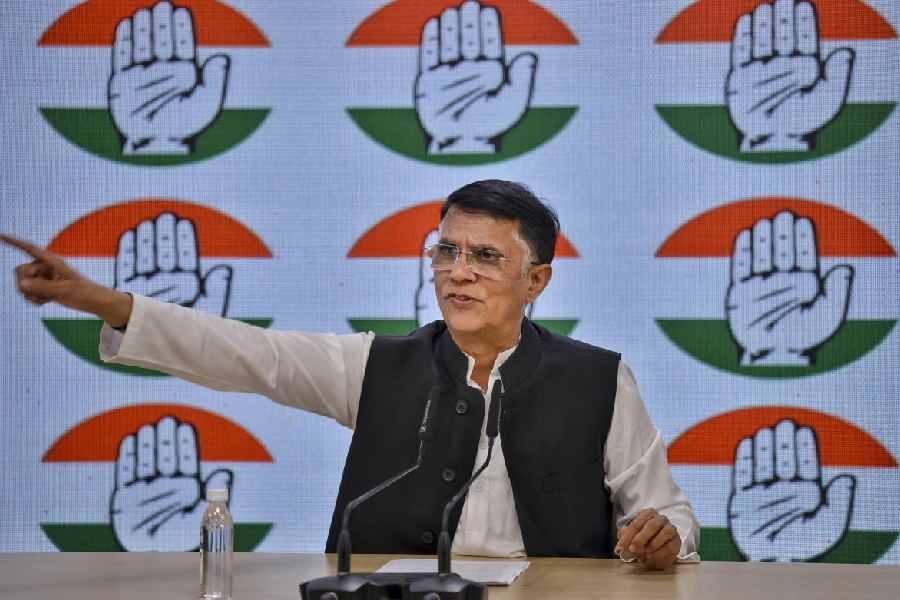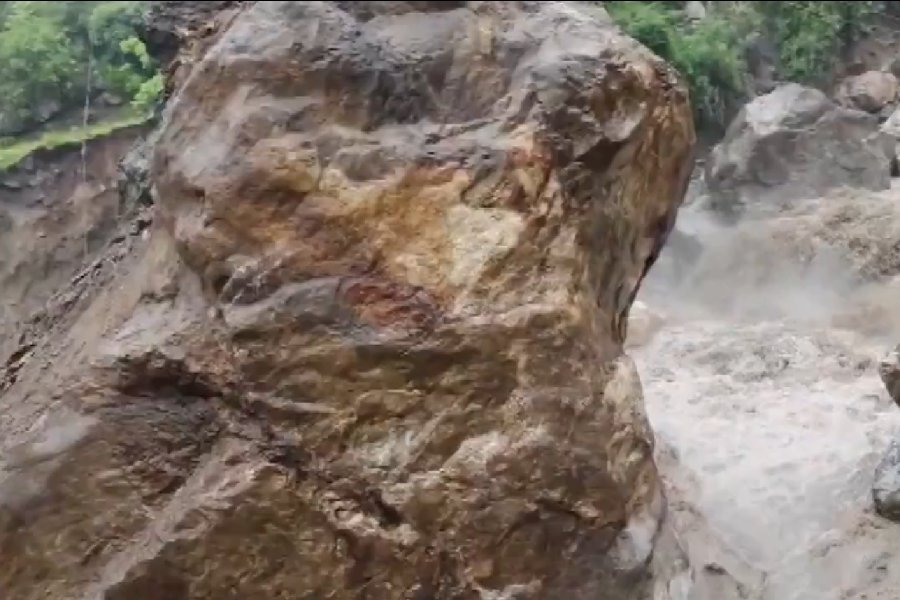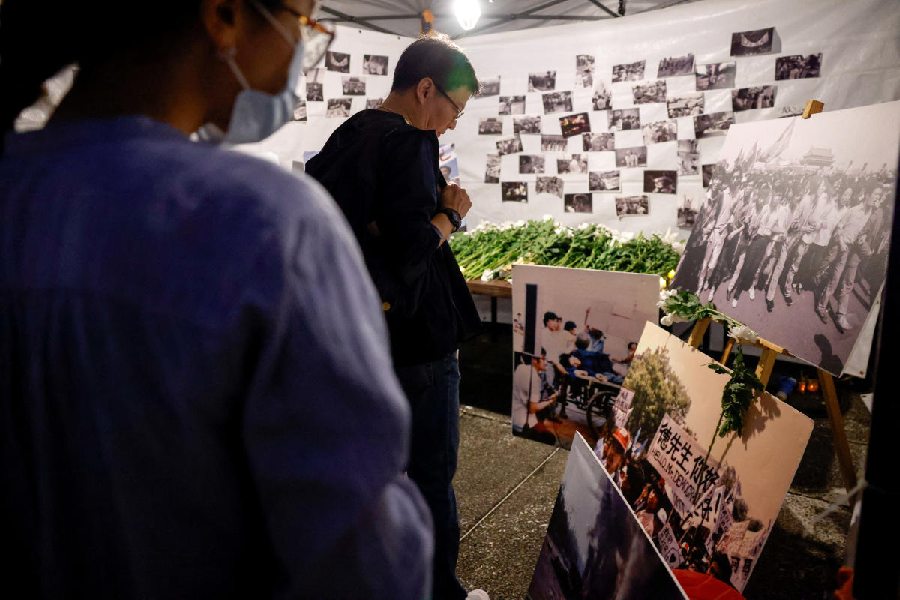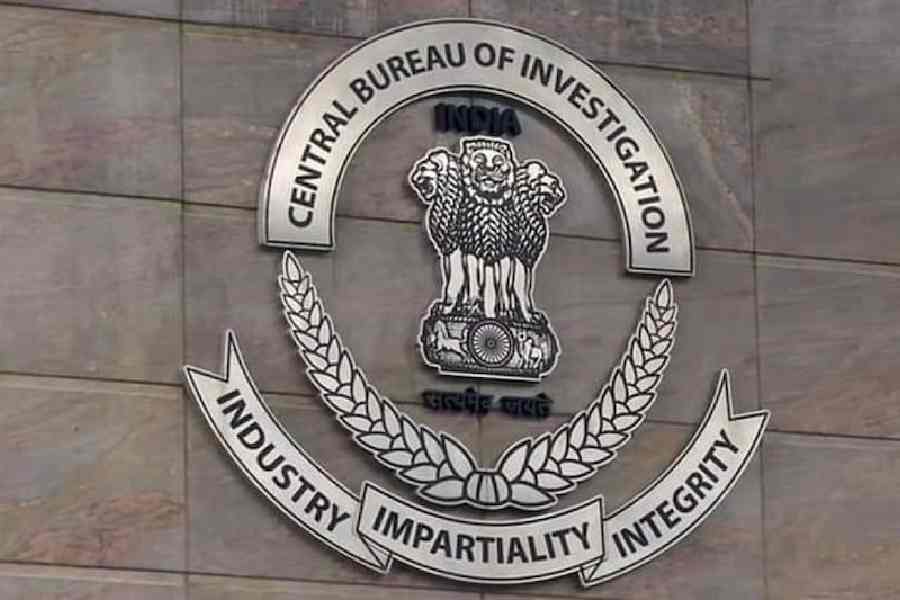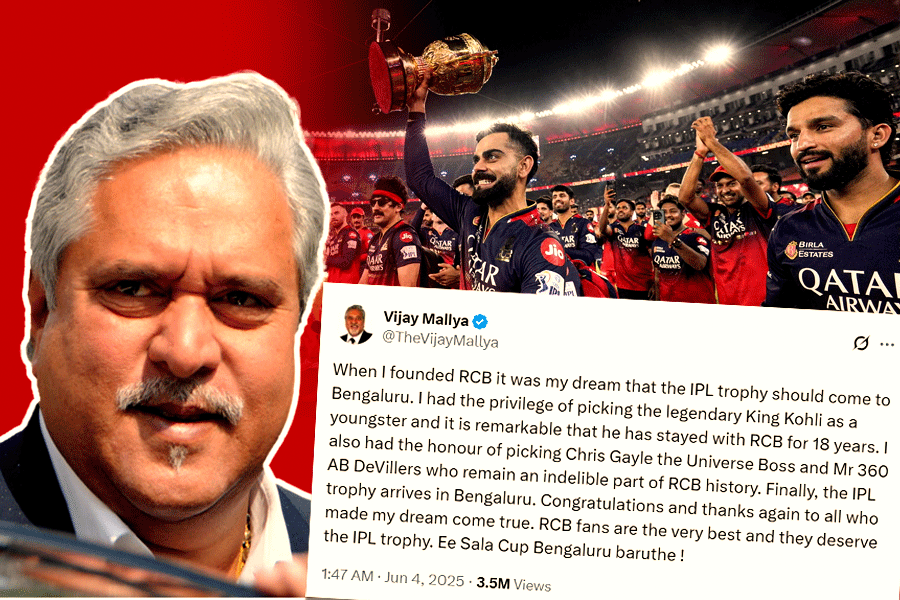|
|
| The small matter of evidence |
Historians are by far the most beleaguered professionals in India today. For a while now, we had been told by those envisioning a bright, new, technocratized future that disciplines such as history are increasingly irrelevant to the production of technocrats and computer professionals, and are only a frustrating drag on the speed with which India could take its place as an information superpower. The ink-stained breast pocket might once have earned admiration, if not respect. No more. The new badge of honour is the information technology company lanyard, emblematic of the new world order even when it is stuffed into a breast pocket. Now the historian herself joins the dusty shelf of antiquities and defiantly dull dissertations. The prospect of harnessing this unencashable discipline to more productive uses briefly brought a gleam back to the eyes of those who saw tour operators as fitter users of such knowledge, and in some universities, tourism is indeed yoked to the teaching of history.
But of late, it is not neglect that threatens the discipline as much as unwelcome attention to the practice of history. Rather like the guest who overstays his welcome, and even evicts the unsuspecting host from her house, there has been an exploitation of history’s legendary hospitality. Other practices and institutions challenge, rather than enrich, the field and are trying to reconstitute it in ways that not only threaten the occupants but the edifice itself. The practice of History, we are told in a hundred new ways, is too important to be left to the professional historian alone.
So it is with trepidation that we respond to the new attention. Most recently, Swapan Dasgupta, a historian who forsook the dreary profession for the excitement of the print media, has made the passionate argument that the nobler court of History, rather than the tawdry hall of justice, may be the more appropriate place for the trial of someone such as Lal Krishna Advani and his role in the events leading to the demolition of the Babri Masjid on that unforgettable day in December 1992. In his passionate assertion of Advani’s credentials as a man with morals, and even — who would have suspected? — such sentiments as remorse, Dasgupta offers what should be a most persuasive device: the first person account. As an eyewitness to not just the demolition of the masjid but to the many unverifiable moods of Advani, Dasgupta suggests that “the man widely regarded as the strategic brain of the National Democratic Alliance” — and here the admiration is unconcealed — could not have been part of a criminal conspiracy to demolish the masjid, as claimed in the tendentious, and politically mischievous, cases filed before the courts.
On the strictly technical aspects of the court case, Dasgupta may well be right. He is amply aided by the Central Bureau of Investigation’s notorious ability to let corporate criminals, expatriate dons, and assorted demagogic and scandal-tainted politicians go scot free, by providing no supporting evidence of criminal conspiracy involving the top leadership of the Bharatiya Janata Party. (This should not detract from the agency’s brilliant skills in constructing an entire scaffolding, resting on a mere telephone call, on which a hapless university lecturer will swing.)
But Dasgupta takes the ineptness of the CBI as fit occasion to redeem the image of a dangerous demagogue. Advani’s 1990 rathyatra left a trail of death and destruction, (stopped in its tracks only by the much maligned Laloo) and set the ball rolling for the acts of a murderous majority from which the entire Indian nation is still reeling. True, the writer does suggest, in one paragraph at the end of the article, that Advani must claim moral responsibility for the series of disastrous events, but not before darkly hinting that the charge of conspiracy must first be laid at someone else’s door.
The paths of the judge and the historian, as Carlo Ginsburg has told us, do indeed converge, but only up to a point. Both rely on evidence, and the skills of argument, to reconstruct events and produce truth. But the responsibilities of a judge are far more onerous, since what she must deliver is justice, and a judicial error is unforgivable. This does not reduce the responsibilities of historians or even of eyewitness accounts. Though a historian, I did not have the advantage of a ringside view, so I can only raise some questions of Dasgupta’s text.
Throughout the piece, we are repeatedly persuaded of the authenticity of his account by the liberal use of such terms as “my experience” “I witnessed” and “(Advani) told me”. But Dasgupta would be the first to cast some doubt on the sudden explosion of other eyewitnesses, indeed participants, who are clamouring to testify that senior leaders egged them on. And no less than a former member of the BJP, Kalyan Singh, has said as much. What, if anything, is the weight of this evidence? Moreover, could Advani, given his intelligence of which the writer is so obviously in thrall, have mistaken the “kar sevaks armed with pickaxes” for peaceful demonstrators who only wanted to realize the dream of the “‘greatest mass movement’ he had so assiduously helped build” (and indeed what was that dream if not the forcible occupation of a place of worship?) Assuming that he did not actually egg the kar sevaks on, did Dasgupta witness Advani make any attempt to use oratory skills to persuade them against demolition? (Descending to a room to make phone calls is no act of moral daring in such circumstances.) In such a situation, does culpability remain only moral?
In his account, Dasgupta takes us through the moods of a political leader who is struck successively by “absolute panic”, then “anger” and finally one “distraught, almost in tears” who had clearly lost control over the programme of hate he had sculpted. Hence we are told of his “complete disorientation” when presented with the Ram lalla by a bloodstained (note the adjective) kar sevak. One does not want to credit Advani with fine acting skills, but surely in the company of leading journalists his behaviour is somewhat modified. But there is an unusual frankness about the real concern during the moment of madness: the state government of Kalyan Singh is endangered, and Advani retrieves some moral ground by asking him to quit.
Dasgupta thus serves his political masters well by himself inaugurating the historical rewriting of this moment. He does this through such breathtaking statements of a helpless Advani who “was devoured by a revolution he helped create.” If the rich political capital garnered from such brutalities did not make of Advani the deputy prime minister that he is today, this “eyewitness account” would have been easier to swallow.
But perhaps the most predictable attempt to produce the softer image of the “Iron Man” is the comparison with a memorable Gandhian moment, when the apostle of non-violence was shaken by the violent acts that were undertaken in his name at Chauri Chaura in 1922. Many historians have affirmed that the message of Mohandas Karamchand Gandhi was not always in his control, and indeed interpreted at the grassroots to address all kinds of local grievances. Chauri Chaura became a turning point in the non-cooperation movement (and it was called off). Advani cannot ever be accused of having preached non-violence, not even by eyewitnesses, and the mere comparison of 1922 to 1992 certainly cannot invent the moral authority of Gandhi for Advani’s murderous message. We must remind ourselves of this repeatedly, for otherwise, as Walter Benjamin warned us from his encounters with Fascism, even the dead will not be safe from those who are allowed to triumph.



